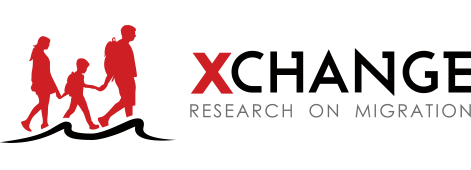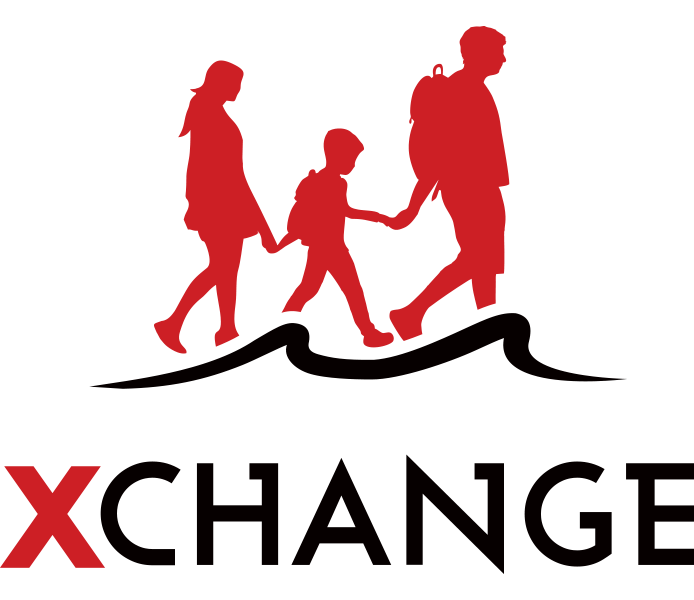Introduction
Around 2.7 billion people live in countries where being gay or lesbian is considered a crime. In many places this ‘crime’ is punishable by the confiscation of citizenship, segregation, denial of rights and decade-long prison sentences. The death penalty is still in use in Saudi Arabia, Iran, Yemen, Mauritania and Sudan, as well as in regions of Nigeria and Somalia. While it may not be a crime in places like Russia and Lithuania, both countries have repressive laws against “homosexual propaganda.”
In June 2019, when Botswana’s High Court overturned colonial-era laws that criminalized same sex relations, the number of nations with anti-gay laws dropped to 72. Many may argue that the trend globally is inching towards better human rights recognition. Countries like Poland and Chechnya, however, show resistance to progress with their recent upswing of violent homophobic attacks.
When it comes to persecution of transgender people, the trend appears to be worsening. The global murder rate of trans and gender-diverse people keeps rising, reaching the highest annual total of 369 reported killings this time last year. Transphobia is just as prolific as homophobia, and limitations on freedom is widespread. Even in Europe, many countries require people to be sterilised before they can legally change gender.
So how do attitudes and legal frameworks of this kind affect migration and LGBT migrant communities, and how does the asylum system interact with those fleeing persecution and violence on the grounds of their sexual orientation or gender identity (SOGI)?
LGBT issues and Asylum Frameworks
No specific international legal instrument exists to protect the human rights of LGBT individuals. The 1951 UN Convention does not include a category for persecution related to these criteria. In October 2012, UNHCR published a new set of guidelines on international protection, which for the first time deal with asylum claims based on SOGI grounds. However, people identifying as LGBT continue to face obstacles in the face of asylum applications and interviews. A few examples of these obstacles are found in the cultural expectations of immigration officials, the burden of proof concept, issues of language and reliance on country of origin information.
Immigration officials hold deeply-entrenched cultural expectations, about the experiences of SOGI which, when incompatible with the personal and contextual experience of a claimant, can undermine and cause rejection of valid asylum claims. The idea of what is means to be ‘homosexual’ or ‘gay’, the experience of ‘coming out’ and so on may not be relevant to every context and relying on these normative frameworks can be restrictive and exclusionary in conversations around global LGBT experiences.
In addition to this is the issue of ‘burden of proof’, which falls on SOGI claimants to prove they are a member of a ‘particular social group’, and that as a member of this social group they face persecution in their country of origin. Whereas asylum sought on grounds of political opinion, race, nationality or religion tend to have some form of independent verification, i.e. group membership. Much of the adjudication in SOGI claims is based on the personal narrative and oral testimony of the claimant.
As asylum claims based on SOGI require such personal and intimate narratives, language can also be a challenge during asylum interviews and applications. These internal, often unspoken, or unspeakable qualities, desires and practices may be difficult to articulate or render ‘credible’ in the eyes of the adjudicator. The language used to vocalize these intangible characteristics has a subtle, yet powerful influence on the granting of citizenship
The UNHCR 2012 guidelines, though more comprehensive than anything that existed previously, refer heavily to ‘reliable, relevant and up-to-date country of origin information’ (COI), which will flag to a claim assessor whether SOGI issues motivate persecution or oppression in a claimants country of origin. However, it is arguable that COI alone should not establish whether a person’s fear of persecution is well-founded in SOGI cases. Trans- and homophobia is prevalent across the globe, even in countries where homosexuality is legal. The fear of discrimination, harassment and violence at the hands of officials, family and communities still prevents many people from openly identifying as LGBT in their country of origin, regardless of visibly permissive legal frameworks that may appear in COI checks.
In addition to the content of the asylum claim and the methods for assessment, even the way testimony is collected may negatively affect those applying on the grounds of SGOI. In a recent study one participant recalled:
“They call you through a window. They tell you ‘Tell me your story. Why are you making a refugee claim?’ And you’re in earshot of people, some of whom are the very countrymen you are trying to get away from. You shout your claim through a bullet-proof glass. It is dehumanising. You are forced to shout before them ‘I want to make a refugee claim because I am a homosexual’.”
Many SGOI asylum applicants are living and working in groups where their identity makes them a target for discrimination, or are travelling with community members, friend and family who are not aware of their LGBT identity. In these cases privacy and confidentiality become an essential part of the asylum application process, and verification methods must be engaged in with great care and sensitivity for the ongoing safety of the claimant.
Conclusion
While the acknowledgement that SGOI/LGBT issues are central to migration and asylum processes has come a long way, the methodologies and strategies around adaptations to claim assessment and the management of claims on the basis of these issues has far to go. Intrinsic bias and prejudices, cultural norms, delicacies of language and ongoing protection issues all negatively impact the claims of LGBT asylum seekers and add complexity to an already highly sensitive process.
With increasing research and advocacy around the issue we look to the data and personal testimony of the crisis affected community to influence change and the shaping of an inclusive, culturally sensitive process in the near future.




